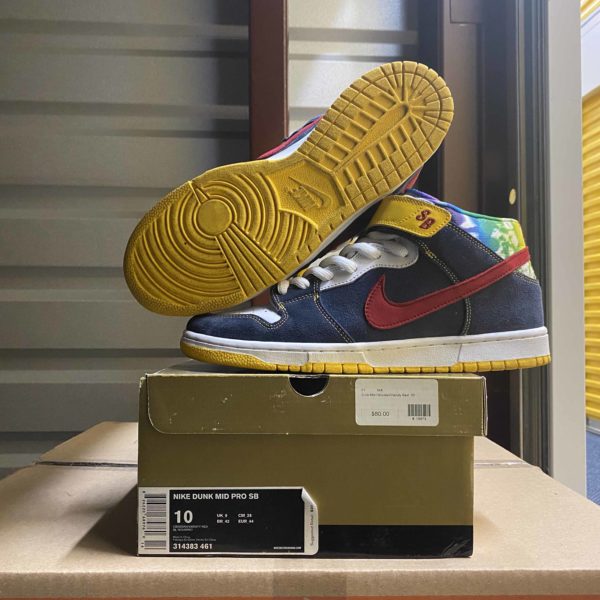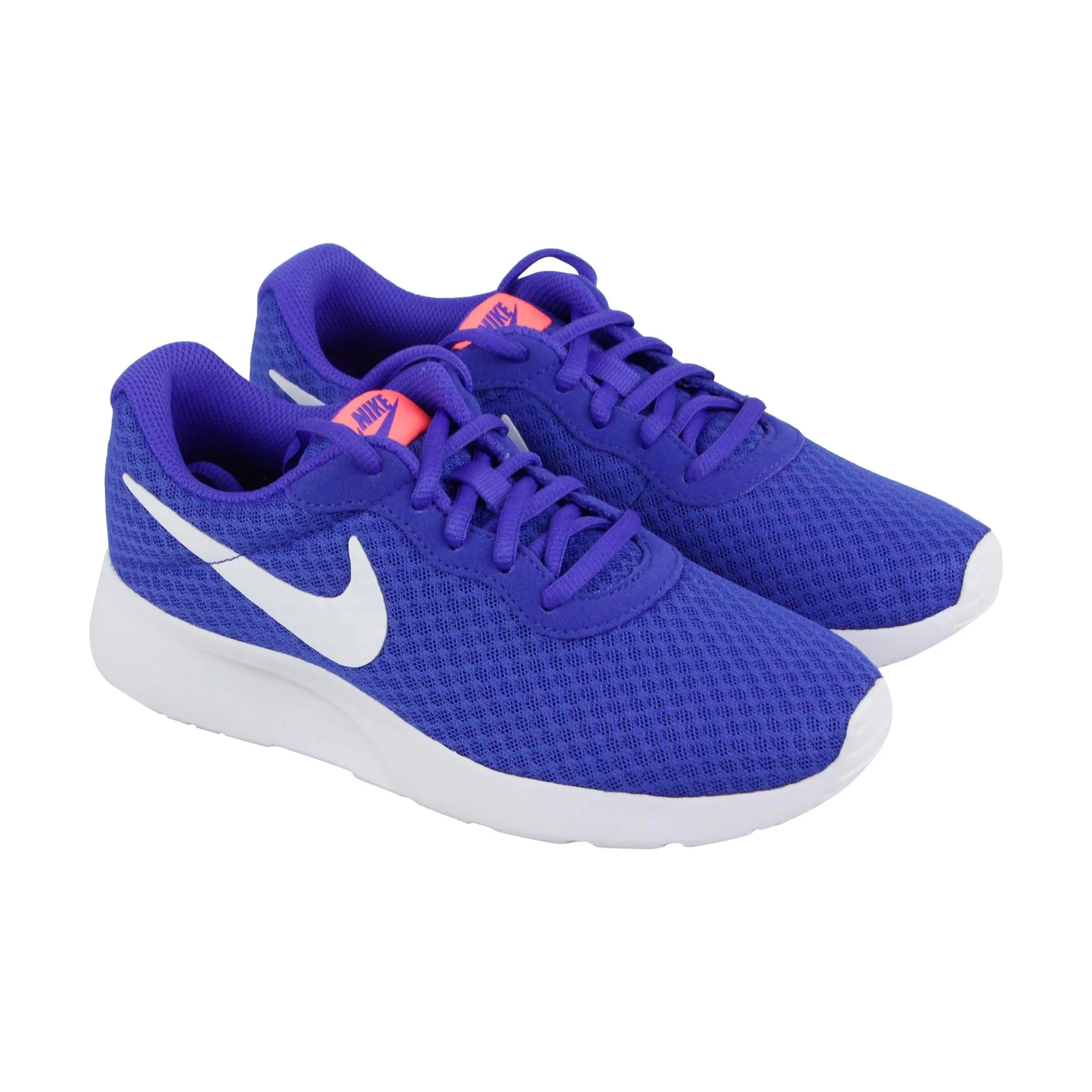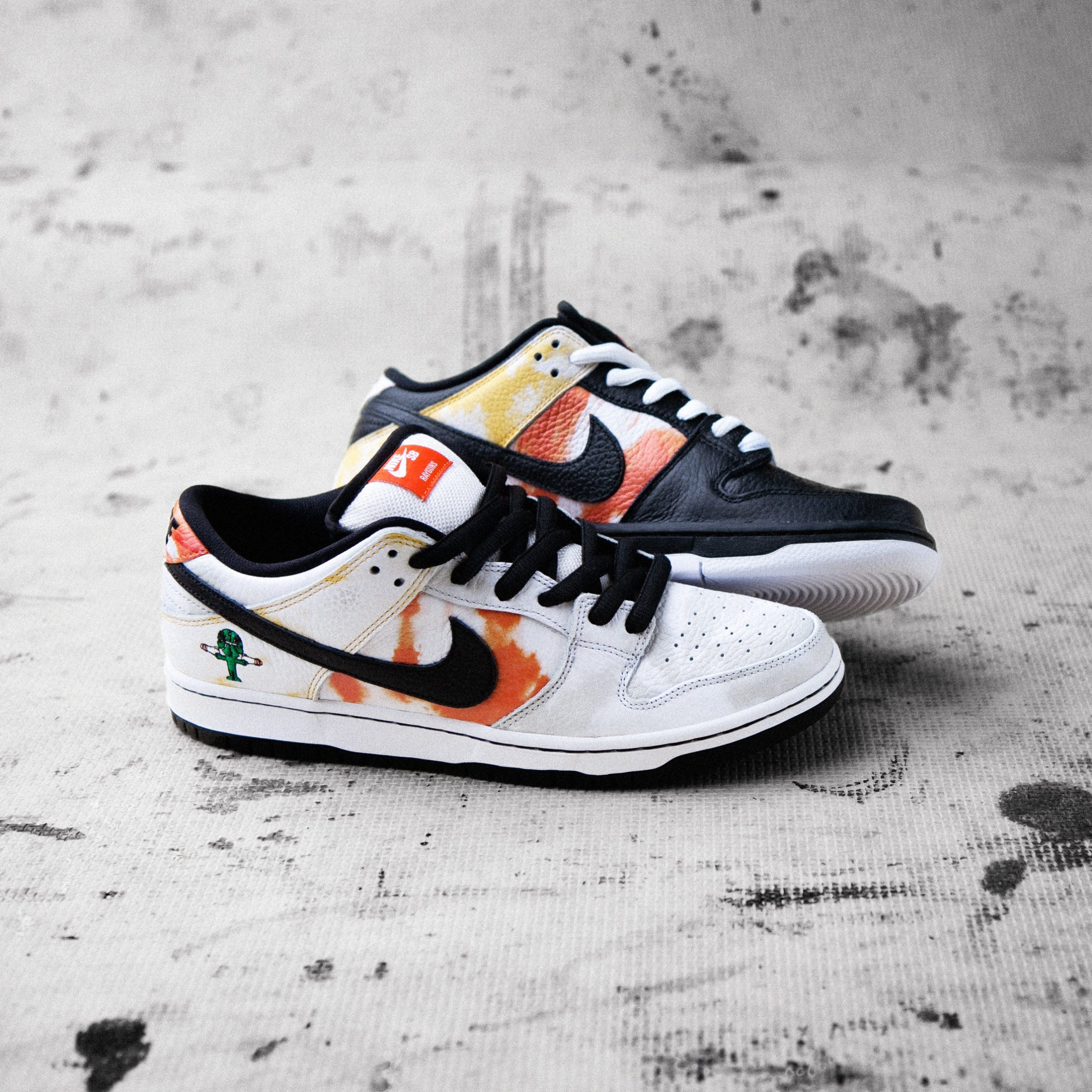
How to Tie Nike Shoes: A Comprehensive Guide
Tying your Nike shoes properly is more than just a practical necessity; it’s an essential part of maximizing comfort, support, and stability. Whether you’re donning a classic pair of Nike Air Max, some sleek Nike Roshe Runs, or the latest Nike Vaporfly, knowing how to tie them correctly can make a significant difference in your athletic performance and daily wear. In this article, we’ll delve into various methods and techniques for tying Nike shoes, focusing on the benefits of different lacing styles and how they can affect your overall comfort.
Understanding the Basics of Shoe Lacing
The Anatomy of a Shoe Lace System
Before diving into how to tie Nike shoes, it’s crucial to understand the anatomy of the shoe lace system. Nike shoes typically feature multiple eyelets (the holes where the laces go), which are designed to allow for different lacing techniques. Here are the key components you should know:
- Eyelets: These are the small holes on either side of the shoe designed for passing laces through. The number of eyelets can vary by shoe, influencing how tightly you can tie them.
- Laces: The string or cord that you use to secure your shoes. Nike laces are often flat or round and come in various materials.
- Tongue: The flap of material that sits under the laces and covers the top of your foot. A well-placed tongue will help distribute pressure, enhancing comfort.
- Heel Lock: Some lacing techniques allow you to lock your heel into place, minimizing movement within the shoe.
The Importance of Proper Lacing
The way you tie your Nike shoes can significantly affect both comfort and performance. Poor lacing can lead to discomfort, blisters, and decreased performance, especially during physical activities. Here are some reasons why proper lacing is crucial:
- Prevents Blisters: Improperly tied shoes can shift and create friction points, leading to painful blisters.
- Enhances Stability: A well-tied shoe can provide additional stability, which is crucial in high-impact sports or activities.
- Improves Blood Circulation: Too-tight laces can constrict blood vessels, while too-loose laces can mean losing circulation in certain parts of your foot.
- Custom Fit: Different foot shapes may require varied lacing techniques for a customized fit.
Traditional Lacing: The Standard Method
Steps to Tie Your Nike Shoes Using the Standard Lacing Technique
Tying your Nike shoes using the traditional standard lacing method is the most common way to secure them. It’s simple and effective for most activities.
- Start with the Laces Even: Begin by pulling each lace so that both sides are even in length.
- Insert Laces through the Bottom Eyelets: Thread both ends of the lace through the lowest eyelet on each side, pulling the laces tight.
- Criss-Cross Lacing: Take the right lace and cross it over to the left side, threading it through the next eyelet up on the left. Repeat this by taking the left lace, crossing it over to the right, and inserting it in the next eyelet up.
- Continue Until You Reach the Top: Keep crisscrossing the laces through all the eyelets until you reach the top.
- Tie a Knot: When you reach the final eyelets, tie a standard knot (e.g., bow knot) to secure it. Make sure the knot is comfortable and not too tight.
- Check for Comfort: Walk around a bit to ensure the shoes feel secure but not too tight. Adjust as necessary.
Benefits of Traditional Lacing
The standard method has multiple benefits:
- Simplicity: It’s easy to learn and implement.
- Versatility: Works for most shoe types and activities.
- Comfort: It provides a balanced fit for the majority of foot shapes.
The Bunny Ears Method
A Child-Friendly Technique
The Bunny Ears method is a popular choice among parents teaching children how to tie their shoes. However, it’s also great for adults seeking a simple technique.
- Create Bunny Ears: Begin by tying the laces in the standard way up to the point where you would typically create the knot.
- Make Two Loops: Instead of pulling the laces tight, form two loops (these represent the bunny ears) using both lace ends.
- Cross the Loops: Just like the traditional method, cross one loop over the other.
- Tuck One Ear Under: Pull one loop under the other, then pull both loops tight.
- Adjust for Comfort: Make sure the loops are even, making adjustments as necessary.
Why Choose the Bunny Ears Method?
This method is particularly beneficial for those still mastering the art of lacing shoes:
- Visual Learning: The visual nature of “bunny ears” can make the process easier to grasp.
- Quick and Efficient: It is a fast way to secure your shoes without fuss.
The Heel Lock Technique
Keeping Your Heel Secure
For those who engage in rigorous activities, the Heel Lock technique can prevent your heel from slipping out of the shoe. It’s especially useful for running, hiking, or any sport where foot stability is vital.
- Lace Your Shoe as Usual: Start with the standard lacing method until you reach the second-to-last eyelet.
- Create a Lock: Before lacing through the top eyelet, create a loop with each lace by threading it back through the second-to-last eyelet on the same side.
- Pull Tight: Next, pull both laces tight to lock your heel into place and then lace through the top eyelet.
- Tie Your Laces: Secure your laces using your preferred method (traditional knot, bunny ears, etc.).
Benefits of the Heel Lock
The Heel Lock technique provides benefits for performance and comfort:
- Increased Stability: Helps prevent heel slippage, which can lead to blisters.
- Enhanced Fit: Provides a more customized fit, helpful for various activities.
The Runner’s Loop
A Specialized Technique for Athletes
The Runner’s Loop is tailored for athletes who need that extra level of security while running or participating in other high-impact sports.
- Criss-Cross Laces: Set up your shoe with the standard criss-cross lacing method.
- Form a Loop: When you reach the second-to-last eyelet, take the lace from the outside and create a small loop on that side.
- Pass the Lace Through the Loop: Take the opposite lace and thread it through the loop you just created and pull it tight.
- Continue Lacing: Finish by threading the laces through the last eyelet and tie your knot.
Advantages of the Runner’s Loop
This technique stands out for numerous reasons:
- Enhanced Comfort: Provides a snug fit that can help avoid slippage.
- Customizable: You can adjust the loop to suit your comfort level.
 Alternative Lacing Styles
Alternative Lacing Styles
The Skip Lacing Method
For those who prefer a looser fit, especially in the forefoot, the Skip Lacing method can provide greater comfort and flexibility.
- Skip Eyelets: Start lacing as usual, but skip one eyelet after every second one.
- Continue Until the Top: Keep this pattern until you reach the top.
- Finish with a Knot: Tie your usual knot at the top, ensuring it’s secure.
The Straight Lacing Technique
If you’re looking for a clean, streamlined finish, consider the Straight Lacing technique, which not only looks good but can also minimize pressure points.
- Thread Your Laces Straight: Instead of crisscrossing, thread the laces straight across each eyelet.
- Secure the Lace: When you reach the top, tie a secure knot.
- Adjust for Comfort: Ensure that there’s no excessive tightness.
The Importance of Regular Adjustment
Maintaining Your Laces
It’s essential to check your laces regularly. Here are some tips:
- Re-tighten as Necessary: Laces can loosen over time, especially during activities.
- Inspect for Damage: Look for fraying or wear that might compromise the integrity of the laces.
- Change Laces Occasionally: Keep spare laces handy, especially if you’re actively engaged in sports.
Conclusion
Learning how to tie Nike shoes effectively goes beyond mere aesthetics; it significantly enhances comfort, provides additional stability, and reduces the risk of injury while engaging in various activities. With numerous techniques available, including the traditional method, Bunny Ears, Heel Lock, and the Runner’s Loop, you can customize your approach to suit your specific needs. Whether you’re simply looking to rock your favorite Nike sneakers in style or achieve that perfect fit during athletic exploits, knowing how to tie your shoes correctly is a skill that pays off. So, the next time you lace up your favorite pair of Nikes, remember the various techniques discussed here to maximize comfort and performance.


